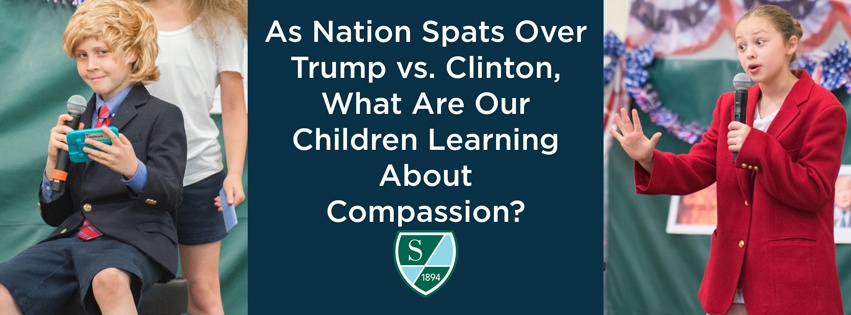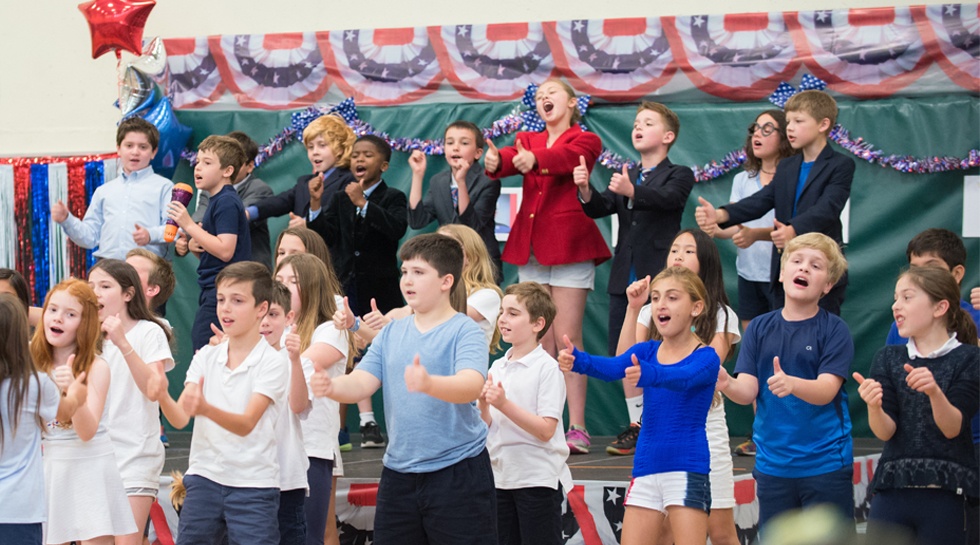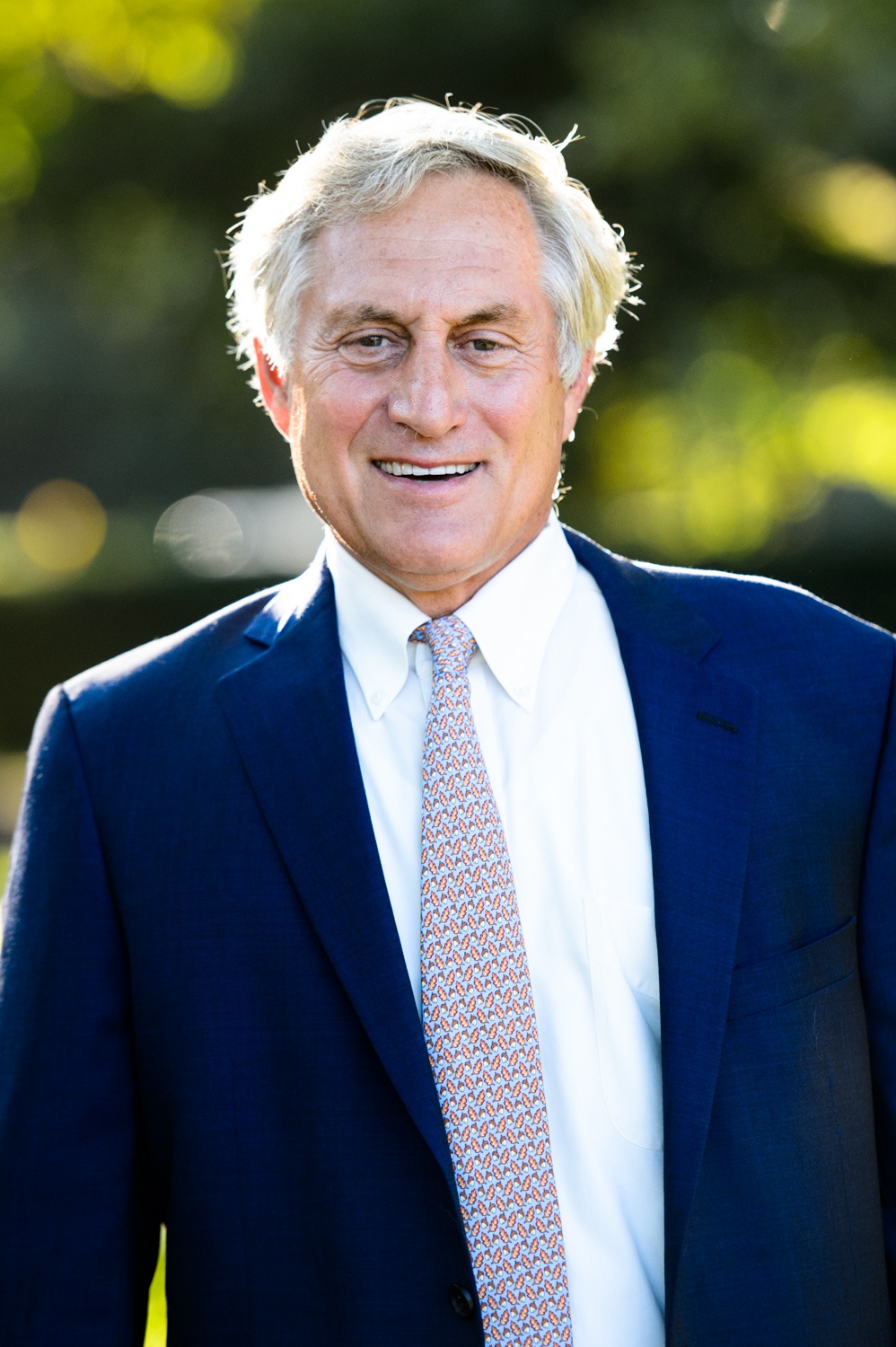In my twenty-five years as Head of School, I have watched seven presidential elections unfold. In more than two decades, no election season has been as tumultuous as in 2016. As November 8 draws closer, the tensions run hotter, and I think of the passionate young Americans who are experiencing politics at this level, center stage, for the first time in their lives. In what I would consider the most polarizing political climate I’ve experienced, I find myself asking: What are we teaching our children about compassion, thoughtfulness, and understanding?
The presidential election has many people unnerved and looking for a better process. The vitriolic nature of modern campaign rhetoric and the lack of nuance present in the conversation has left many of us wondering how to discuss the process and the candidates in an effective manner without adding to the negativity, even hatred, that permeates the race.
On some level, the depth of the problem can be seen through the polls that indicate each candidate’s negativity rating is over 50%; if these numbers are accurate, the majority of people voting will be casting a ballot for the candidate they are least offended by – the lesser of two evils, so to speak – rather than for someone they believe will be a great president. In turn, I am hopeful that between now and Election Day, enough good things will happen that each of us will feel good about the ballot we cast.
In this environment, we find ourselves compelled to hope for a systematic change that brings about an exchange of ideas within both the election and the world as a whole in place of today’s exchange of negativity. We can only accomplish this work if we hold ourselves to higher standards throughout the election process. While there may not be a clear path to doing so nationally, we can very realistically make that effort on a smaller scale within our communities and our schools by being open to and understanding of a range of points of view.
Of course, in many communities, this work is made more difficult by the lack of openness to different perspectives. Too often we shut others down because they have a point of view that we find discomforting, unsafe, or offensive. Ironically, the ability to express and the willingness to consider different points of view are at the heart of a good liberal arts education.
The world is a diverse place, and many of the beliefs people hold are foreign or offensive to others. But it is only through engaging with others in a respectful way that we will be able to change those opinions. Empathy, respect, and challenge define the path to personal and community development. If we cannot take that path, challenging as it might be, then we will never be able to thrive as individuals or a society.
As educators, it is our responsibility to have our kids understand our election process and what has changed during this cycle. From kindergarten to high school, at every grade level there exists an opportunity to engage in lessons of compassion. For high school students, we call upon our history departments to provide the historical context of nation not so divided as we are today, while in lower grades, we acknowledge the basic lessons about making choices and listening to others whose views might differ from our own. We must partner with parents, guardians, coaches, and all others who play an influential role in our children’s lives.
As someone committed to the exchange of ideas, I am hopeful that leaders in education (and all adults our children learn from) can provide K through 12 students with an environment that is respectful of, open to, and appreciative of different points of view. I encourage all educators to consider the repercussions of failing to uphold the tenets of civil discourse at the earliest stages of development. For when we cultivate an environment where all members of the community feel respected and valued, we can grow as individuals, strive for excellence, and have the opportunity to do our best work.











